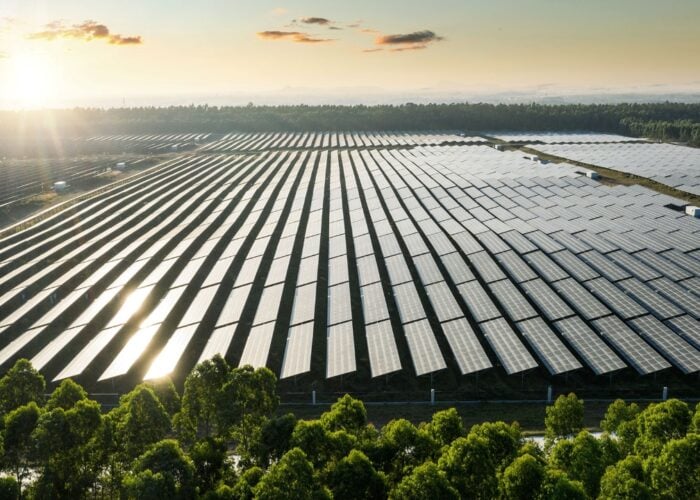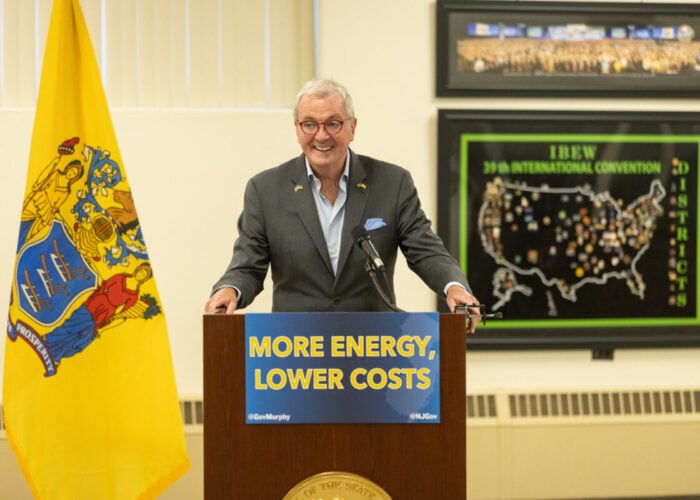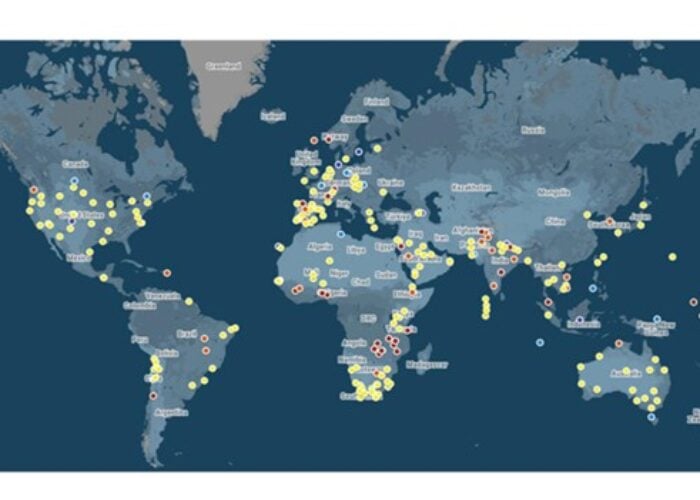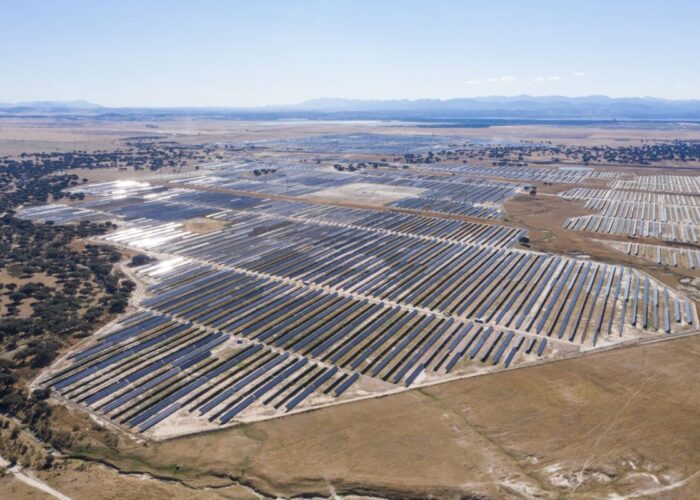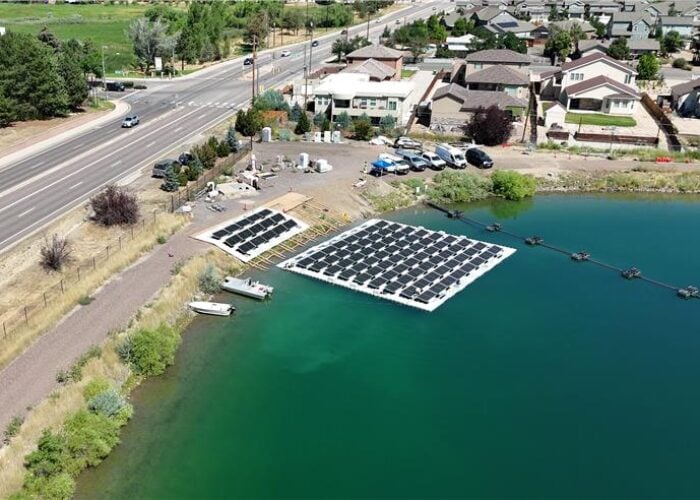The Indian government has signed off the first 750MW batch of tenders under the second phase of the Jawaharlal Nehru National Solar Mission with a softening of domestic content rules.
The first phase required the use of modules based on crystalline technology to be manufactured in India. Many developers opted for thin-film modules instead.
Unlock unlimited access for 12 whole months of distinctive global analysis
Photovoltaics International is now included.
- Regular insight and analysis of the industry’s biggest developments
- In-depth interviews with the industry’s leading figures
- Unlimited digital access to the PV Tech Power journal catalogue
- Unlimited digital access to the Photovoltaics International journal catalogue
- Access to more than 1,000 technical papers
- Discounts on Solar Media’s portfolio of events, in-person and virtual
In the first offering from the second phase, 375MW of the available capacity will be subject to domestic content rules and half will not. Phase two of the solar mission is set to run from 2013-2017.
The reverse auction process will continue with the lowest cost project proposals winning out.
Electricity from successful bidders will be purchased for Rs5.45/kWh (US$0.089/kWh) by the Solar Energy Corporation of India (SECI) under a 25-year agreement.
Earlier this year, Mercom Capital warned that the pursuit of the lowest cost could damage the solar industry in India in the longer term. It claimed that by driving down quality, investors were being put off.
Raj Prabhu, CEO of Mercom Capital, told PV Tech earlier this month that the Viability Gap Funding (VGF) mechanism brought in for the second phase of the JNNSM would not necessarily prevent a race to the bottom. Under VGF, bidders estimate the cost of their projects and the government funds the difference between that and the projected returns, in this instance the fixed rate in the power purchase agreement.
“We [Mercom Capital] question this VGF system as it has not typically worked so well in infrastructure projects [in other sectors]. Following an upfront payment, the developer has less incentive to care,” said Prabhu.

